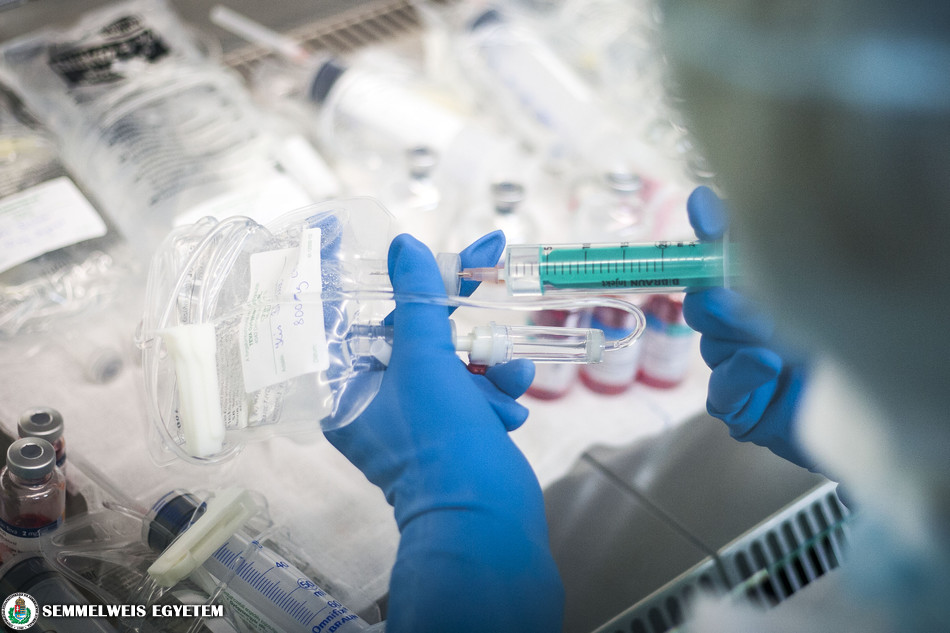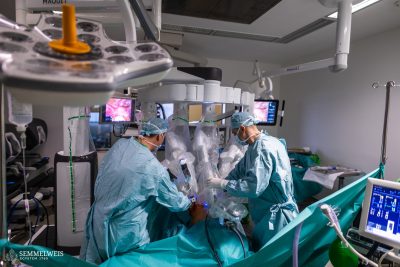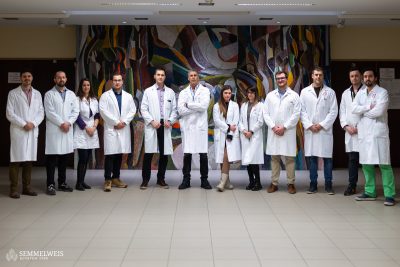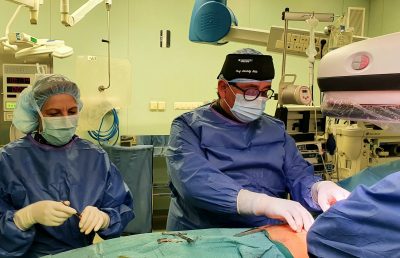Six clinics belonging to the Network of Rare Disorders of Semmelweis University have become members of the recently established European Reference Network (ERN), which is the collaboration of professionals dealing with the diagnostics and treatment of rare disorders or diseases with an appearance of low-frequency. Within the network groups 900 medical teams of 300 health care providers are working together in Europe for the sake of patients who are suffering from rare diseases. Rare disorders influence the lives of 30 million people in the European Union out of which many are children.
“Semmelweis University as the Centre of Expertise for Rare Diseases as declared by the Ministry of Health has successfully applied for membership for five European Reference Network groups. On March 1, 2017 the following departments have started their operation in reference network groups: the Department of Dermatology, Dermatooncology and Venerology in the ERN-Skin reference network, the 2nd Department of Internal Medicine in the Endo-ERN reference network, the Institute of Genomic Medicine and Rare Disorders in the ERN RND rare neurological disorder reference network, the Institute of Genomic Medicine and Rare Disorders in cooperation with the 2nd Department of Paediatrics in the ERN EURO NMD neuromuscular diseases reference network and the Heart and Vascular Centre in the VASCERN multi system organ class vascular diseases reference network.”, said Dr. Judit Mária Molnár, Director of the Institute of Genomic Medicine and Rare Disorders.
 The recently established 24 thematic reference network groups connect the specialized health care providers in 26 countries. Besides the above mentioned diseases the ERN network groups are also dealing with the following diseases: bone deformities; diseases related to haematology, ophthalmology, nephrology; urogenital diseases; diseases related to pulmonology; diseases with immune deficiency; genetic tumour diseases; malformations or irregularities; mental retardation; childhood cancer as well as diseases related to childhood transplantation problems.
The recently established 24 thematic reference network groups connect the specialized health care providers in 26 countries. Besides the above mentioned diseases the ERN network groups are also dealing with the following diseases: bone deformities; diseases related to haematology, ophthalmology, nephrology; urogenital diseases; diseases related to pulmonology; diseases with immune deficiency; genetic tumour diseases; malformations or irregularities; mental retardation; childhood cancer as well as diseases related to childhood transplantation problems.
The European Reference Network develops new health care models, common guidelines for the patient care related to rare diseases and it also provides an opportunity for transborder patient care. Beyond these, ERN also supports the implementation of the so-called e-health care equipment, medical solutions and medical-technological tools as well as it enables the development of large-scale clinical examinations and new drugs. Its operation is facilitated by several equipment used for telemedicine (eg. laptops, smart phones, medical applications), and it can also receive financial support by the European Union in the framework of Connecting Europe Facility (CEF) and the research programme called Horizon 2020.
Besides Semmelweis University, 2-2 clinics of the University of Debrecen, the University of Pécs and the University of Szeged have become members of the European Reference Network.
Eszter Keresztes
Photo (illustration): Attila Kovács, Semmelweis University
Translated by: Katalin Romhányi


